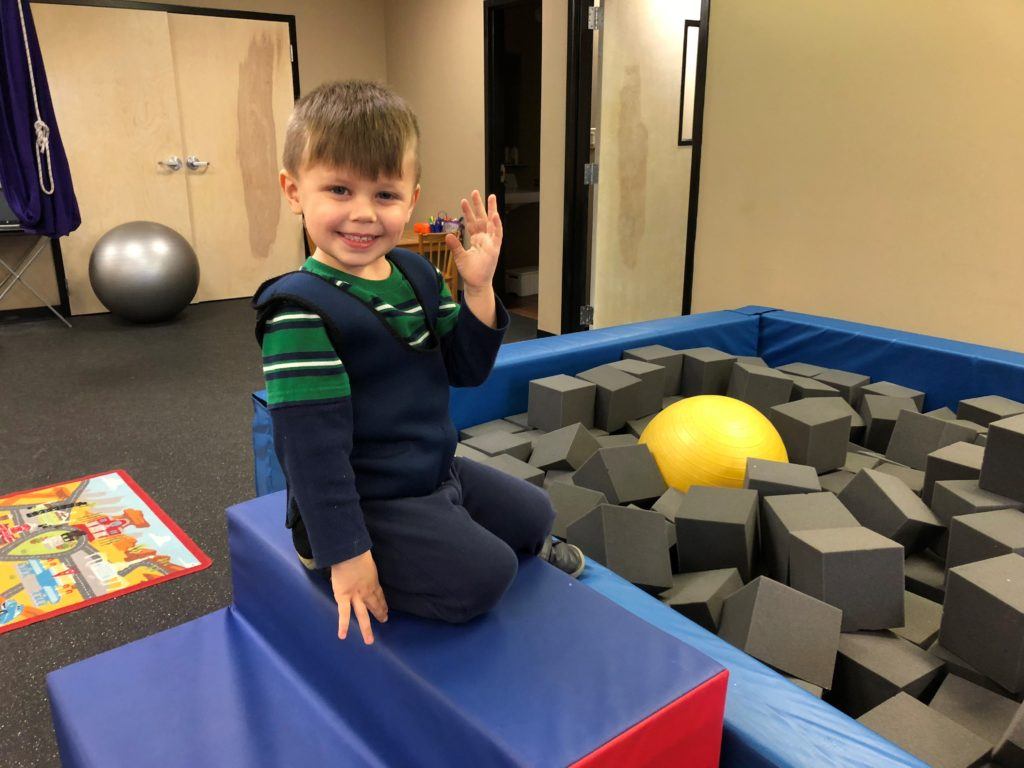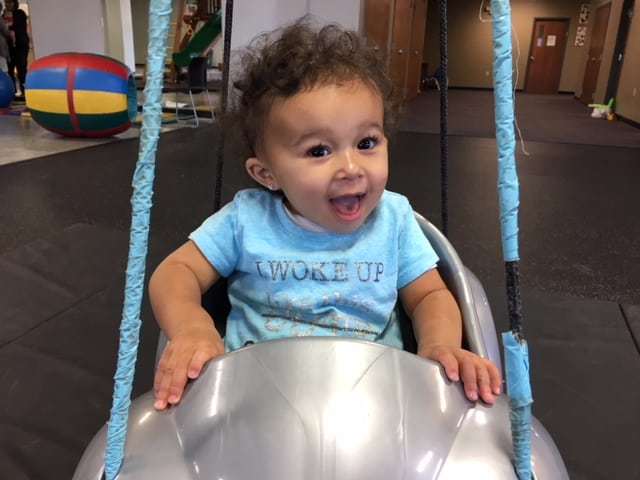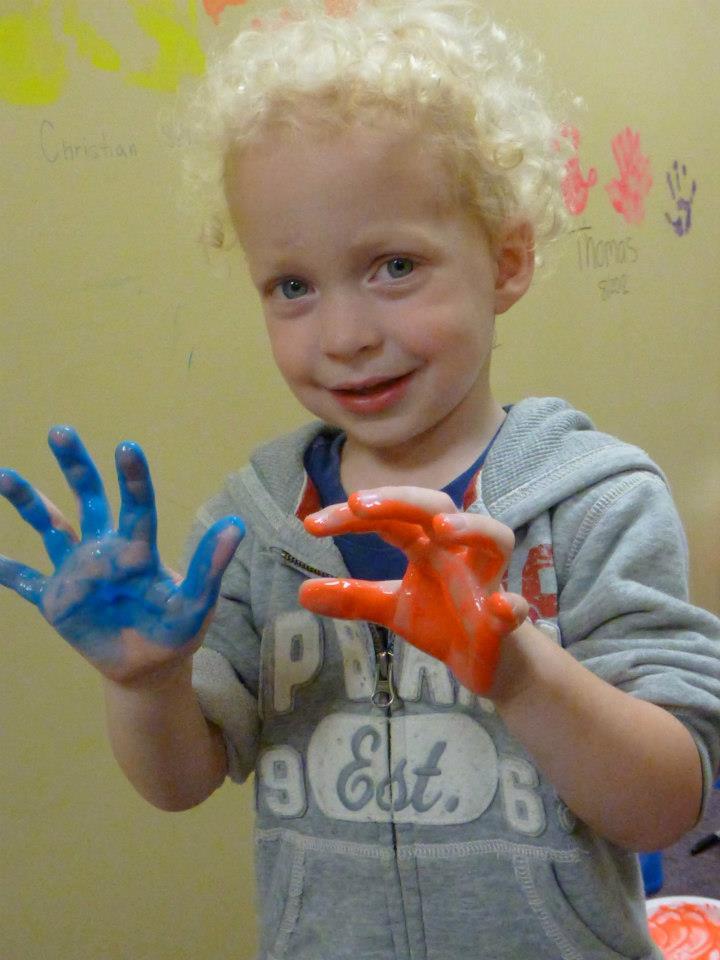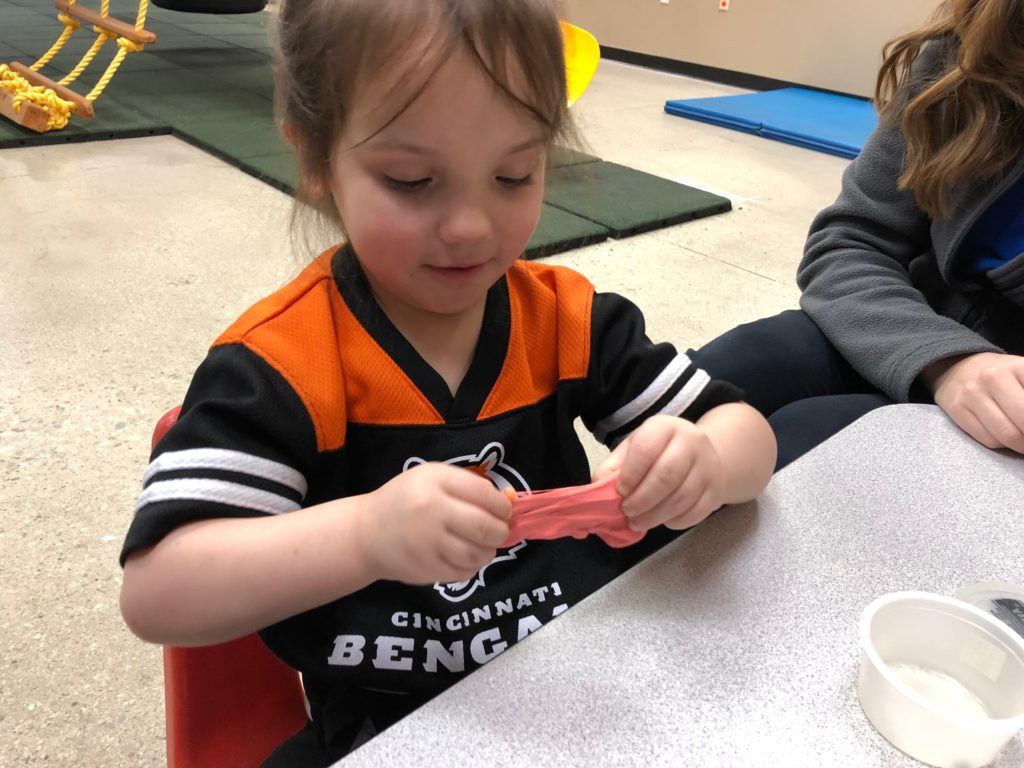Sensory Processing/Integration Treatment & Therapy Services in Cincinnati, OH
What is Sensory Integration (SI)?
The body’s ability to take in information from the environment through our senses. The input travels to our brain where it is organized so we can respond to it.
What is Sensory Integration Dysfunction (SID)?
- Difficulty to process and interpret sensory input received through the senses.
- May also be called Sensory Processing Disorder (SPD)
What are the Main Sensory Systems?
- Tactile: touch input
- Proprioceptive: input taken in by the joints and muscles that tells us our body position
- Vestibular: input regarding movement through space
- Visual: input register through the eyes
- Auditory: input registered through the ears
- Gustatory—input registered through the mouth
Developmental Checklist
Is your child meeting their developmental milestones?
What are Some of the Characteristics of SID?
- Clumsiness
- Difficulty maintaining attention to task
- Unusually high or low energy level
- Social/emotional issues
- Behavioral challenges/”melt downs”
- Impulsivity
- High or low pain tolerances
- Avoidance of activities that children typically enjoy (play in sand)
- Abusive/rough play to self or others
- Unusual eating habits
How Does Sensory Integration Dysfunction Affect Behavior?
Many children with SID present with behavioral challenges. The inability to process and organized sensory input can lead to a “fright, flight, or fight” response to specific uncomfortable stimuli. This stimulus may be non-harmful to us but to a child with SID the stimuli may be perceived as painful. The flight or fight response causes the child to either avoid the stimulus or fight in order to get away. The uncertainty of sensory input can lead to a child’s need to control his/her environment. This response may be displayed as a behavioral outburst or “meltdown”/ Structure and schedules can help children can help eliminate some of the uncertainty that leads to behavioral problems.
Children Respond Differently to Different Sensory Inputs
You may find your child refuses to touch playdough, but loves to swing. A child may crave sensory input in one-sensory system, but avoid it in another. You may also find that some days are better than others. The sensory system is very unique and every child processes sensory stimulation differently.
How can Occupational Therapy help with SID?
Occupational Therapy (OT) can provide a child with a “sensory diet” or a specific variety of activities that help the child grow and learn within their environment. OT’s main focus is to determine factors that will allow the child to participate in meaningful daily life activities.
What are some therapeutic strategies I can do at home to help my child cope with SID?
All activities should be recommended and monitored by a licensed therapist
- Visual schedules – creating a picture schedule creates clear expectations for the day’s activities
- Calming Strategies
- Listening to soft music
- Slow swinging, rocking, or gliding
- Use of a weighted blanket
- Warm bath
- Gently massaging back/arms/legs with lotion
- Alerting strategies
- Sitting on ball to complete task
- Fast swinging/jumping/walking/running
- Drinking cold water
- Riding a bike
Sensory Integration Disorder FAQs
Through steady improvement, your child can attain a boost of confidence.
Help your child find new levels of independence with pediatric physical therapy in Cincinnati and Dayton, OH.
 Skip to content
Skip to content







